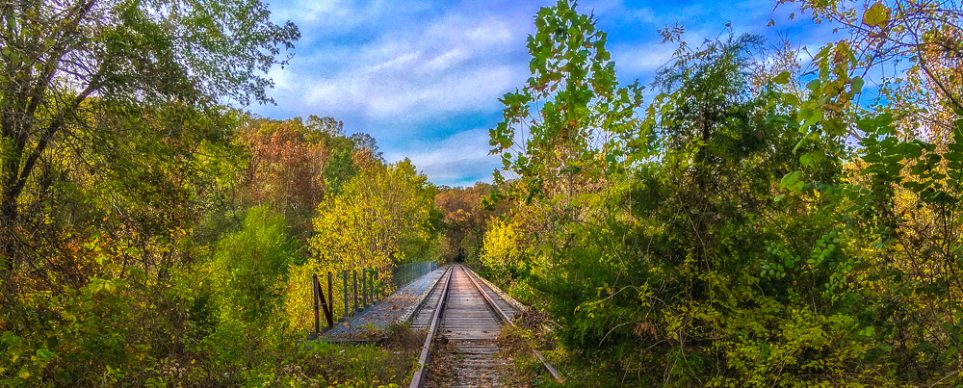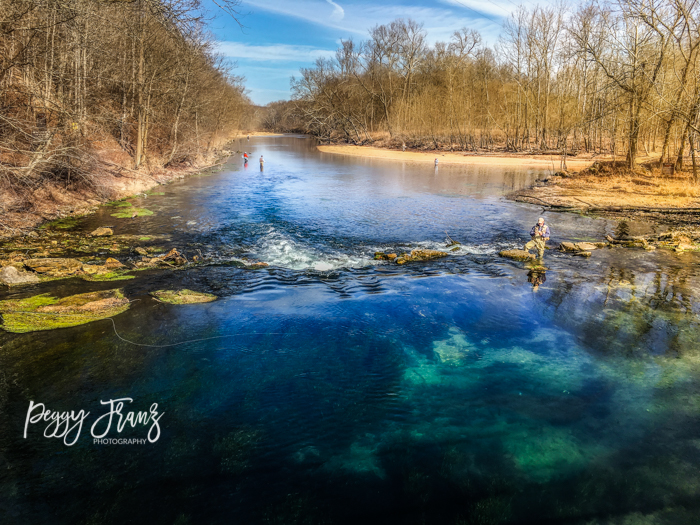This page is dedicated to the enjoyment of butterflies, some of our world’s most beautiful creatures. The species I have photographed here are all Missouri native, with each specimen being a beautiful creature in its own unique way. Unfortunately, this kind of simple beauty that butterflies possess can often be overlooked in the busy-ness (business) of life. Thus I created a little interesting facts on different kinds. I hope you enjoy!
The Anise Butterfly
There is so many various kinds of Swallow Tails. Colors also depend on Male and female.The elegant Anise Swallowtail (Papilio zelicaon) is often mistaken for the Eastern Black Swallowtail . The caterpillars look nearly identical! The adults definitely have differences in markings, that, when compared side-by-side, are evident. Captured this is my back yard.

Butterfly In Flight In the Swallowtail Family Not sure Of the Name of this one.
I captured this at Shaw’s Nature Reserve in Missouri.

This is the Black Swallow Tail
The black swallowtail, also called the American swallowtail or parsnip swallowtail, is a butterfly found throughout much of North America. It is the state butterfly of Oklahoma.

This is the Eastern Blue Butterfly
Eastern tailed blue butterflies can easily go unnoticed with their small size. Sneaking up on and capturing in the cameras view finder can be challenging. This eastern tailed blue landed on white clover. .Eastern tailed blues facts: wingspan 3/4 to 1 inch; males irridescent blue above and summer females brown above; found practically anywhere except deep woods; flies low to ground and perches low; lays eggs on legumes, especially clovers, beans and tick.

This is the Paper Kite Butterflies Not from Missouri
The Paper Kite Butterfly only has two rather common colors, black and white, but is still an eye catching beauty. The way the light shines through the wings is just amazing, and if there are other colors around it looks a bit like stained glass.This was capture at the Butterfly House in St. Louis, Mo.

The Blue Clipper
The Clipper is a fast flying butterfly and has a habit of flying with its wings flapped stiffly between the horizontal position and a few degrees below the horizontal. It may glide between spurts of flapping.

The Painted Butterfly
This is one of the most common butterfly species in the world. The only places it doesn’t live are on Antarctica and some remote islands. It even migrates to Hawaii and Iceland!

The Tiger Yellow Swallow Tail Butterfly

The Tiger Swallowtail butterfly (Papilio glaucas) is a strong flier with distinctive yellow and black striped markings on its wings and body (some females are brown or black, mimicking the poisonous pipevine swallowtail). This relatively common butterfly has a wingspan of 3.5-6.5 inches (9-16.5 cm). Southern subspecies are larger than the northern ones.
These butterflies are called swallowtails because they have long “tails” on their hindwings which look a bit like the long, pointed tails of swallows (a type of bird).
PLEASE ALWAYS REMEMBER THESE PHOTOGRAPHS ARE COPYRIGHT, Protected by United States Copyright and the Property of FranzsFeaturedFotos, Peggy Franz
For more information on butterflies
http://www.enchantedlearning.com/subjects/butterfly/species/Tigersw.shtml

























































 />
/>


















